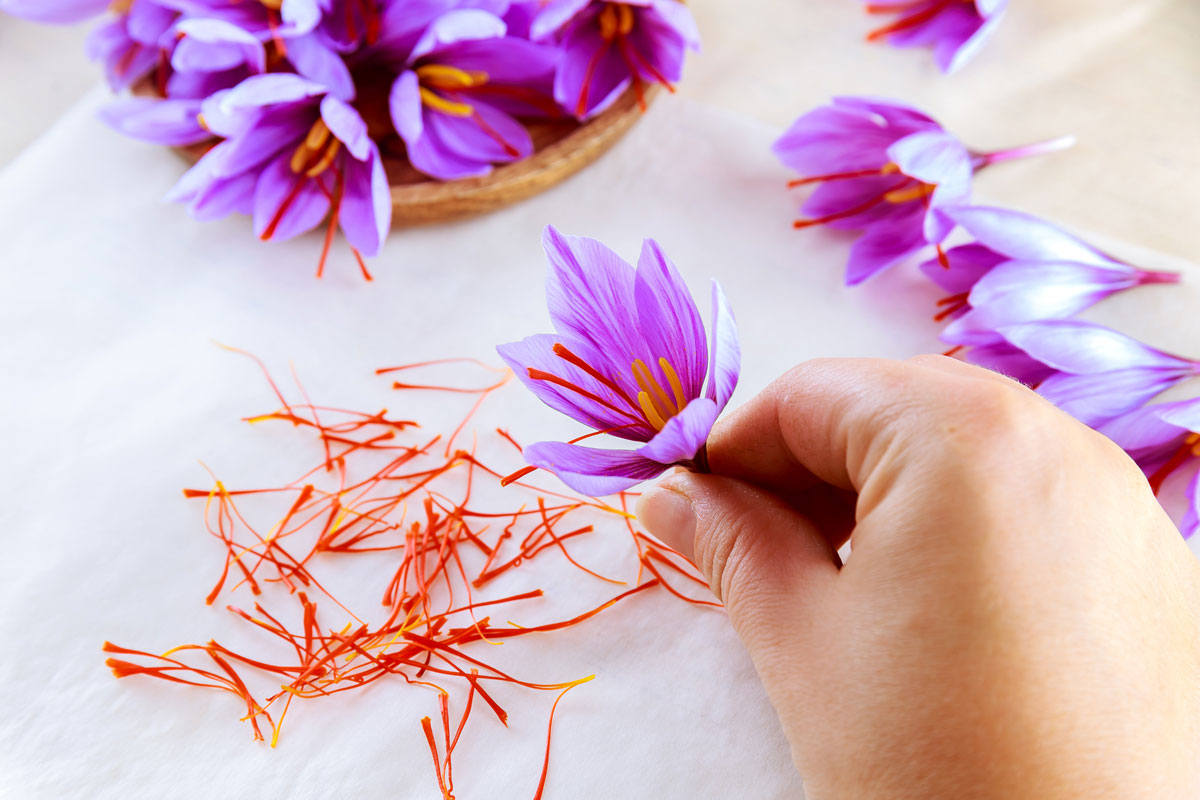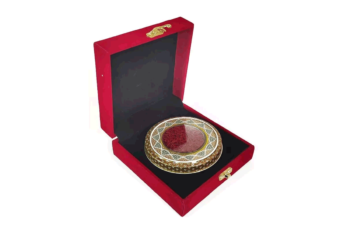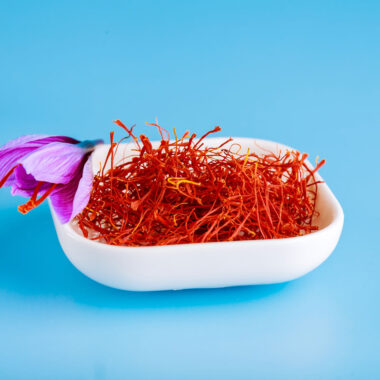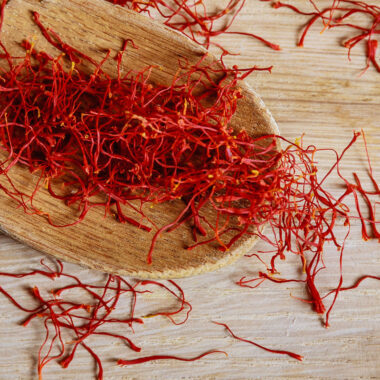Saffron, known as the world’s most expensive spice, is valued not only for its striking color and aroma but also for its complex flavor profile. Many people wonder: Is saffron sweet or bitter? The answer lies in its unique combination of taste elements, which make it unlike any other spice.
Saffron’s Flavor Profile
Saffron’s flavor is both subtle and complex. It’s neither purely sweet nor entirely bitter but strikes a balance between these two extremes, offering a unique culinary experience. Its taste can be described as:
- Earthy: Saffron has a grounding, earthy undertone that complements many savory dishes.
- Slightly Sweet: While not sugary, saffron imparts a faint sweetness, akin to floral nectar.
- Mildly Bitter: Saffron has a gentle bitterness that adds depth to its flavor, enhancing both sweet and savory dishes.
Why Does Saffron Taste Bitter?
Saffron’s bitterness comes from its bioactive compounds, particularly picrocrocin, which is responsible for its distinctive flavor. However, this bitterness is not overwhelming and is usually balanced by its sweetness and other subtle notes when used in the right quantities.
Why Does Saffron Taste Sweet?
The sweet notes in saffron are due to its safranal content, the compound that also gives it its characteristic aroma. Safranal lends saffron a floral, slightly honey-like sweetness that offsets its bitterness, creating a harmonious flavor.
How Saffron’s Flavor Varies
The way saffron tastes can vary depending on several factors:
- Quantity Used: A small pinch of saffron imparts a milder, sweeter flavor. Larger amounts can make the dish taste more bitter.
- Soaking Time: Saffron threads release their flavor when soaked in water, milk, or broth. This soaking process can mellow its bitterness and enhance its sweeter, floral notes.
- Dish Type: Saffron behaves differently in sweet versus savory dishes. In desserts, such as saffron-infused custards or cakes, its sweet notes are more pronounced. In savory dishes like risotto or paella, the bitterness adds depth.
Sweet vs. Bitter: Striking the Balance
The secret to enjoying saffron’s flavor is to use it sparingly. Overusing saffron can lead to an overpowering bitterness, masking its sweet and aromatic qualities. On the other hand, too little saffron might fail to impart its characteristic taste.
How to Use Saffron to Highlight Its Flavors
To fully enjoy saffron’s flavor, follow these tips:
- Proper Soaking: Soak saffron threads in warm liquid for at least 15–20 minutes before adding them to your recipe. This helps to extract both the sweet and bitter compounds evenly.
- Use in Small Quantities: A pinch (0.1–0.5 grams) is usually sufficient to flavor most dishes.
- Pairing Ingredients: Saffron pairs well with ingredients that enhance its sweetness (like honey, milk, or vanilla) or balance its bitterness (like garlic, onions, and tomatoes).
Conclusion
Saffron is neither purely sweet nor entirely bitter—it’s a complex blend of both, with earthy and floral notes that make it a versatile and luxurious spice. Its mild bitterness adds depth to savory dishes, while its faint sweetness complements desserts and beverages. By using saffron sparingly and correctly, you can highlight its unique flavor and enjoy the best of both its sweet and bitter qualities.













